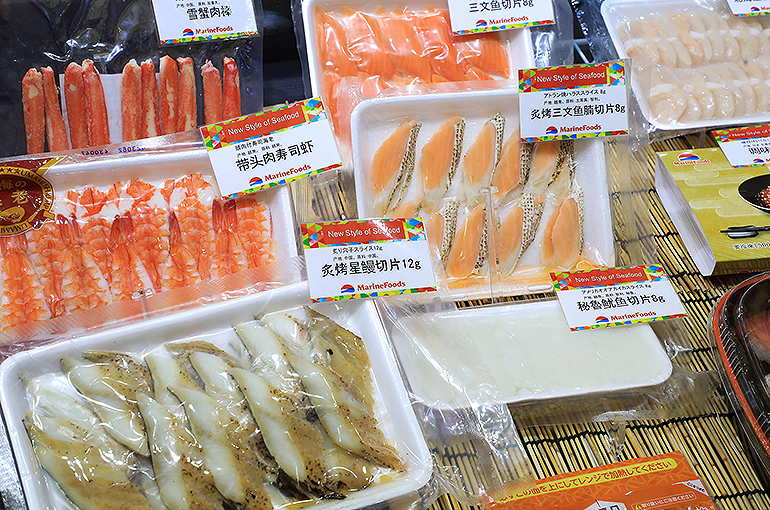 Discharged Fukushima Wastewater to Reach Chinese Coast in 240 Days
Discharged Fukushima Wastewater to Reach Chinese Coast in 240 Days(Yicai) Aug. 28 -- The nuclear-contaminated wastewater from the Fukushima nuclear power plant that Japan began to release into the Pacific Ocean last week will reach China’s eastern coast in 240 days, according to a simulation.
The nuclear wastewater will reach the Chinese coast in 240 days and contaminate the whole North Pacific in 1,200 days, the results of a macro-level simulation recently published by Tsinghua University Showed. The pollutants will then spread toward the South Pacific and the American coast, the Indian Ocean, and the sea in northern Australia.
To prevent the risk of radioactive contamination from the water released from the Fukushima plant, China’s General Administration of Customs announced on Aug. 24 that the import of all aquatic products from Japan would be banned effective immediately.
The more radionuclides spread in the ocean, the lower their concentration will be until the radiation is as low as taking a magnetic resonance, a radiation expert told Yicai.
The radionuclide concentration will be at its highest within one kilometer from the discharge point, the expert said, adding that concerns that the wastewater will heavily impact the entire marine environment or that all seafood will be contaminated are exaggerated.
Monitoring radiations is not difficult, so China can check the seafood radiation level after the discharge, the expert noted. Chinese residents can relax and enjoy eating aquatic products, both domestic and imported, they pointed out.
The main discussion point is whether the water enrichment is low enough not to contaminate the food chain so much that it is harmful in the long term or for future generations, the expert said. “From the respect of odds, the long-term and low-dose radiation is indeed more likely to cause diseases than not being exposed to radiation.”
Editor: Futura Costaglione